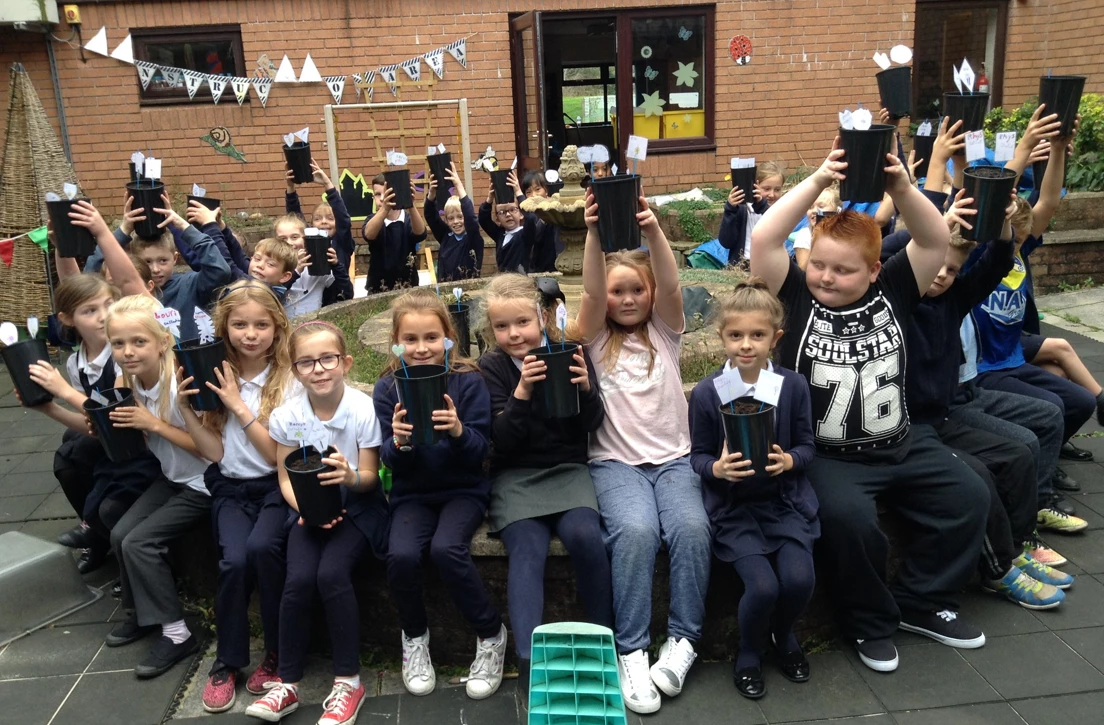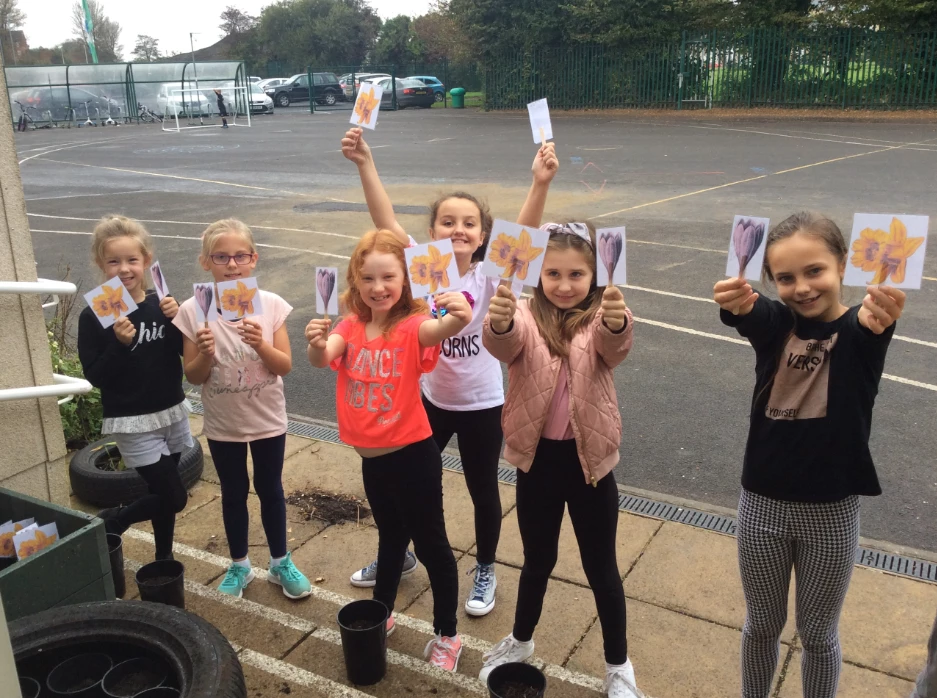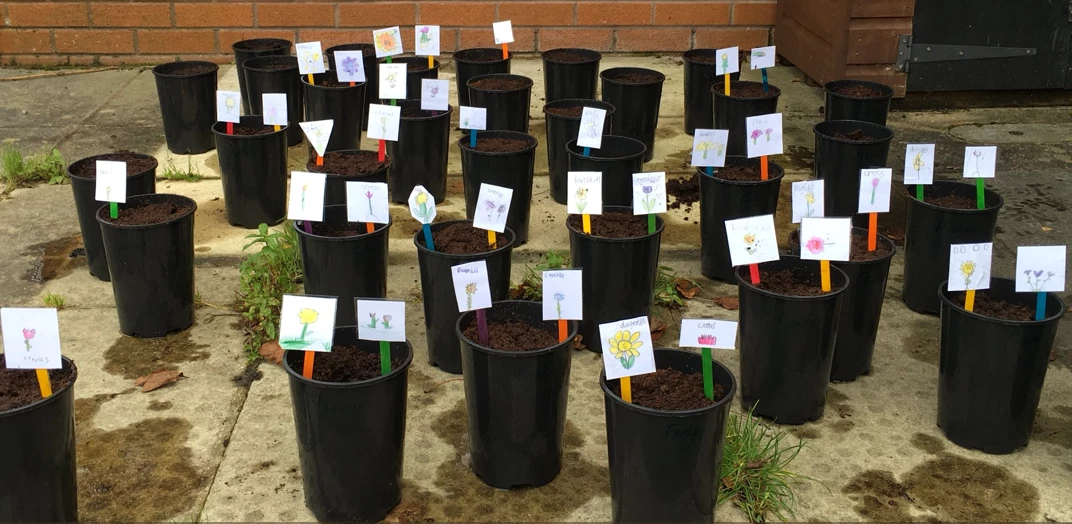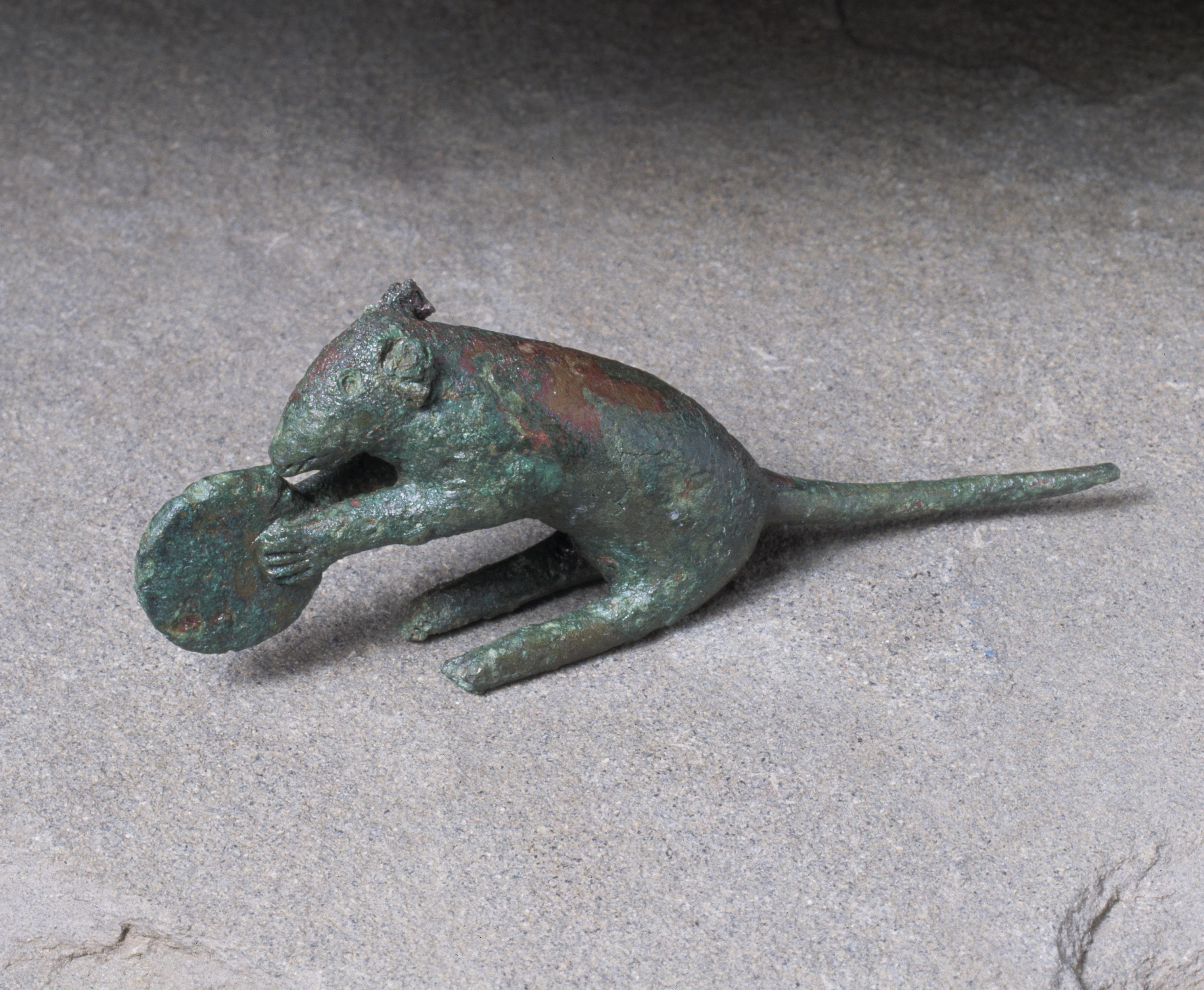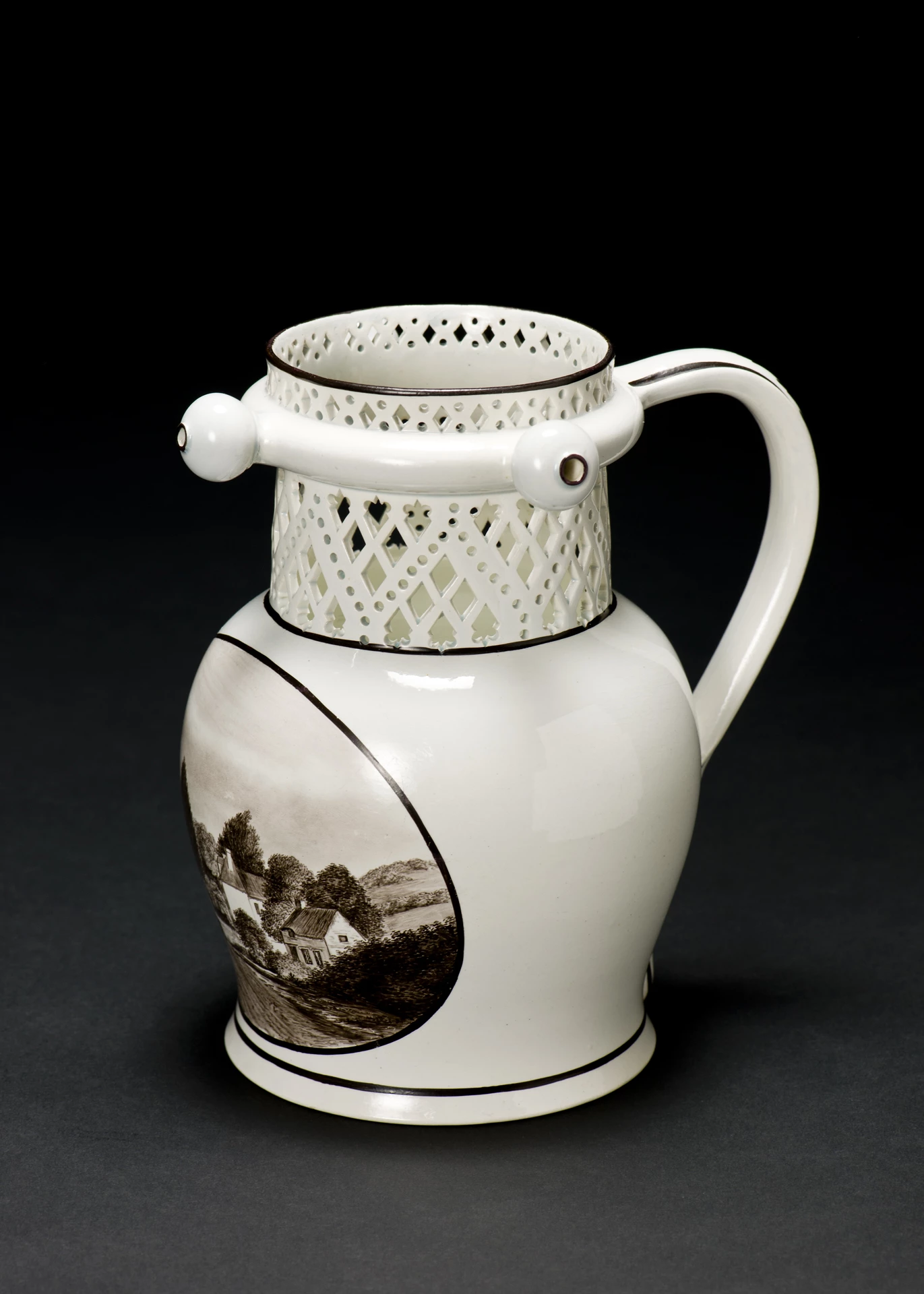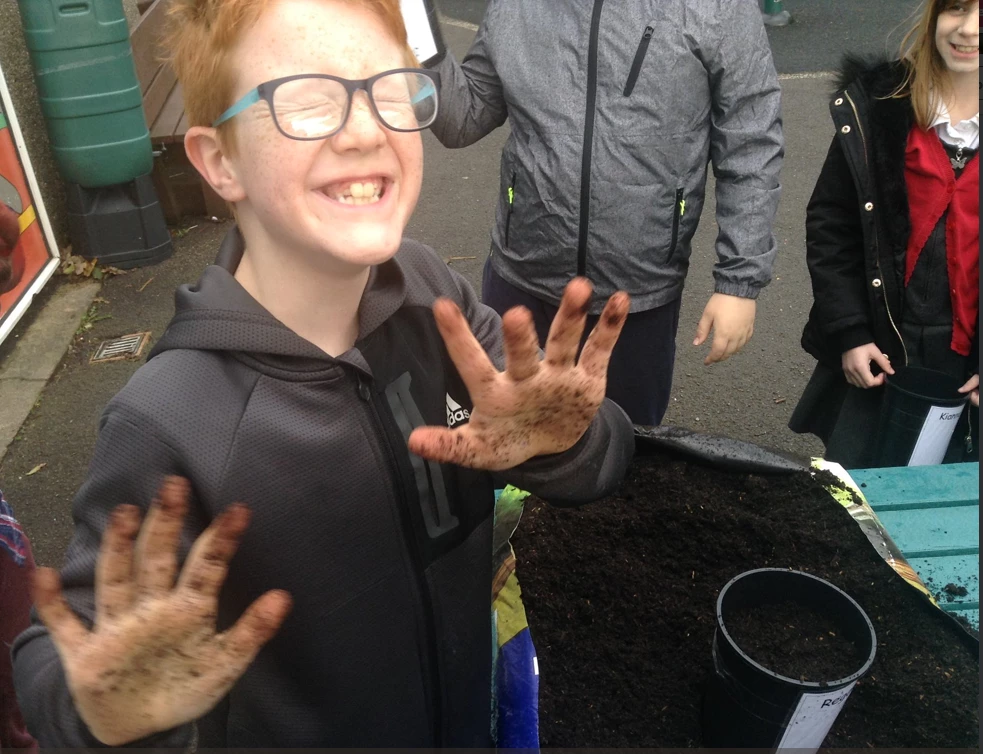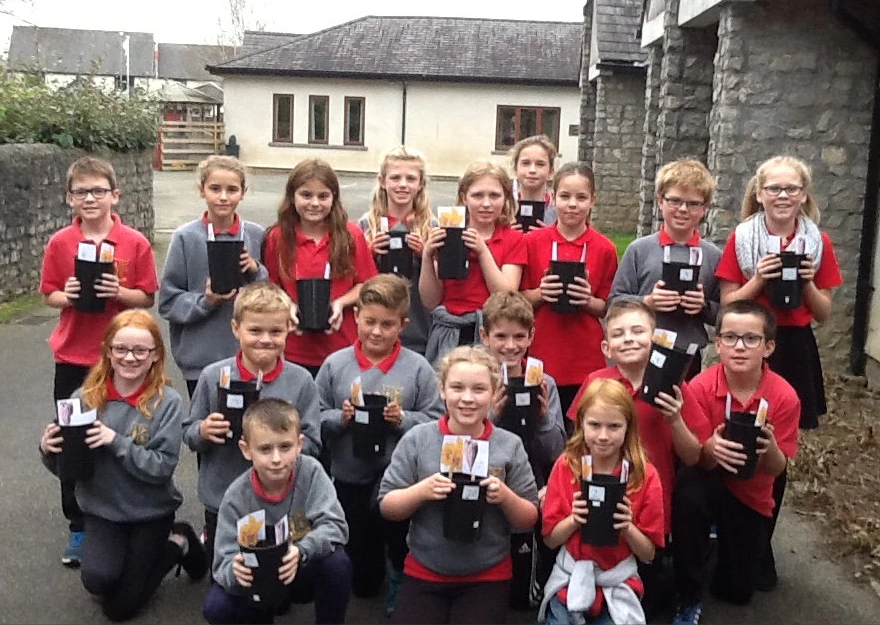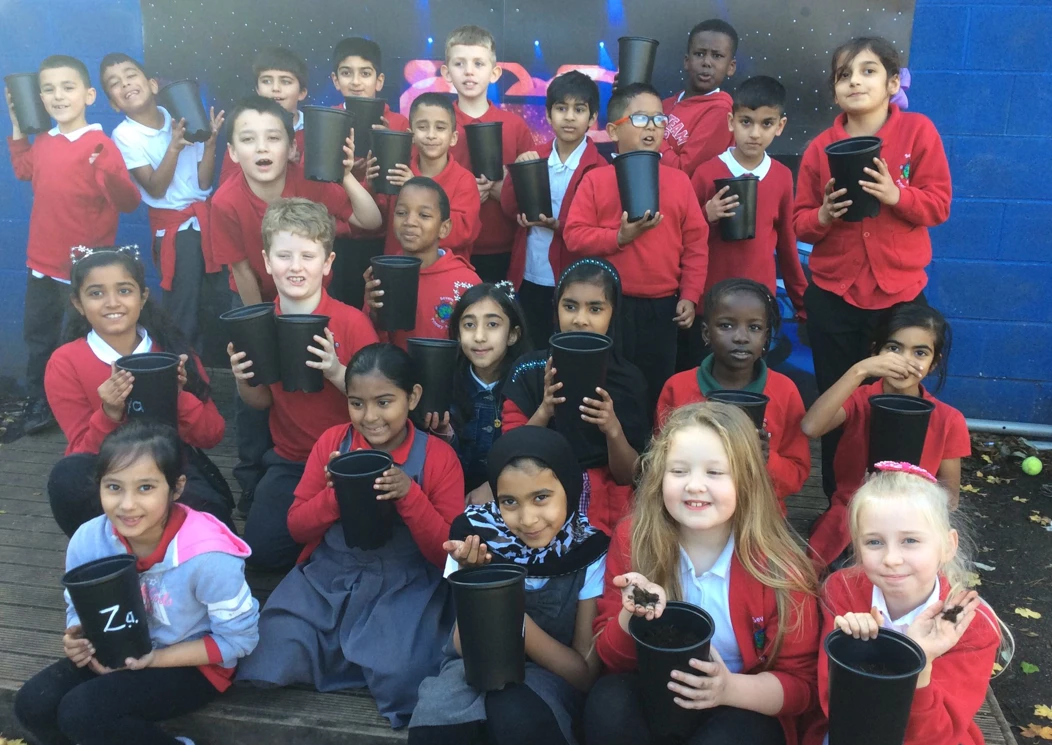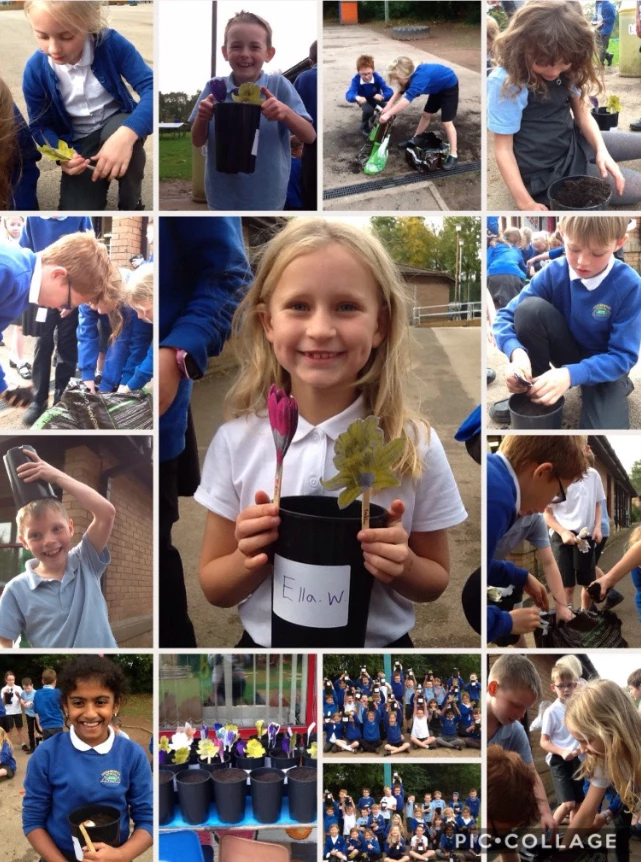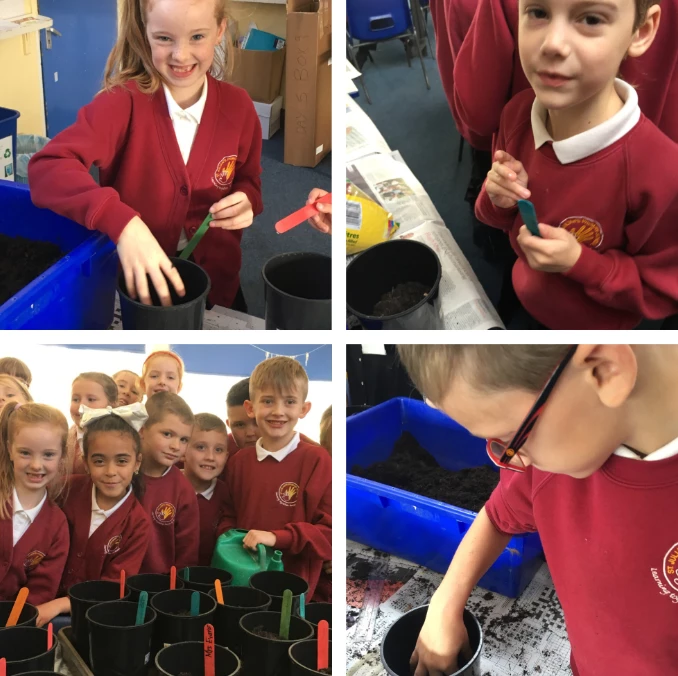Sylwadau Tywydd o'n Hymchwiliad
, 27 Tachwedd 2017
Helo Gyfeillion y Gwanwyn, rwyf wedi mwynhau darllen eich sylwadau ac astudio eich data. Rwyf hefyd wedi mwynhau'r lluniau a rannwyd ar Twitter yn dangos rhai ohonoch yn cymryd eich darlleniadau tywydd. Mae'n edrych fel eich bod chi wedi wynebu pob math o dywydd i astudio gwyddoniaeth! Wych!
Mae'r rhan fwyaf ohonoch wedi nodi bod y tywydd yn oerach, ac mae rhai wedi nodi rhew! Beth ydych chi'n meddwl fydd y tywydd yn ei wneud rhwng nawr a’r Nadolig yn eich ardal chi? Ydych chi'n meddwl y byddwch chi’n cael Nadolig gwyn? Edrychwch ar wefan y MET Office i weld a yw meteorolegwyr (gwyddonwyr tywydd) yn meddwl yr un peth â chi.
Eich Sylwadau:
Ysgol Y Traeth: Wedi bod yn wythnos oer iawn yn Abermaw!
Athro’r Ardd: Gwnewch yn siŵr eich bod yn cadw'n gynnes wrth gymryd eich darlleniadau tywydd Cyfeillion y Gwanwyn.
YGG Tonyrefail: Wythnos braf a sych.
Athro’r Ardd: Dda i glywed Cyfeillion, rydych wedi cael tywydd gwell na rhai ysgolion eraill.
Carnbroe Primary School: Hi, this week our weather has been very cold and some of our class went out to check the plants. They were alright. On Thursday and Friday it was very wet.
Athro’r Ardd: I’m glad to hear that you are keeping an eye on the plants Bulb Buddies, and that they have had a nice watering from the rain!
Canonbie Primary School: Hello, we have felt it slightly warmer this week and our results highlight this through our measurements. We even remembered to do them on Pudsey Bear Day in our Pj's.
Athro’r Ardd: Wow Bulb Buddies, I’m glad you’ve had some nice weather. I hope there is a photo of you taking readings in your pyjamas- it sounds like a funny sight to see! Good work!
Betws Primary School: I look after the plants and they are growing so well.
Athro’r Ardd: It sounds like you are doing a great job! Remember to let me know if there are any signs of the plant sprouting, this is likely to happen January-February.
Pembroke Primary School: Detailed Data weekend 11th and 12th November
11/11 Rain 6.2mm mean temp 10.2 High 12.8 @ 10:00 Low 7.8 @ 00:00
12/11 Rain 0.6mm mean temp 6.7 High 8.6 @ 14:00 Low 4.2 @ 21:30
13/11 Rain 0mm mean temp 5.7 High 8.6 @ 15:30 Low 2.2 @ 04:00
14/11 Rain 1.4mm mean temp 10.4 High 11.7 @ 10:30 Low 6.8 @ 00:30
15/11 Rain 1.4mm mean temp 11.1 High 12.9 @13:30 Low 9.8 @ 06:00
16/11 Rain 0mm mean temp 9.7 High 13.3 @ 12:00 Low 5.2 @ 00:00
17/11 Rain 0mm mean temp 5.6 High 9.8 @ 12:30 Low 2.7 @ 04:30
Athro’r Ardd: Lovely to see your detailed data for the week. Can you work out the average temperature and rainfall for the week? It’s nice to see that the readings you are taking and the detailed data you have are so similar!
Bardney Church of England & Methodist Primary: Another dry week!
Athro’r Ardd: Fantastic news Bulb Buddies, you’ve been luckier than some other schools!
Arkholme CE Primary School: This week has been fairly cold some rain with a little bit of frost on a couple of days.
Athro’r Ardd: Thank you for your overview of the week Bulb Buddies, it’s nice to have a description of the weather on different days whilst studying the data.
Our Lady of Peace Primary School: This was our friends that helped this week.
Athro’r Ardd: Lovely, I’m glad that other classes are getting to take part and see what you are doing as part of the project!
Harmony Primary School: On wed our rain collector had fallen over.
Athro’r Ardd: Thank you for letting me know Bulb Buddies, had it been raining on Tuesday night/ Wednesday morning?
Scoil an Droichid: We are going to change the position of the rain gauge because we didn't get much rain in the rain gauge.
Athro’r Ardd: Hi Bulb Buddies, is there something obstructing the rain fall?
Auchenlodment Primary School: It's been a lot colder this week!
Athro’r Ardd: A few schools have reported the same! I hope you have your hats and scarves ready for the winter!
Peterston super Ely Primary School: So far we are really enjoying taking our measurements and can't wait for the bulbs to sprout.
Athro’r Ardd: Fantastic Bulb Buddies, I’m really enjoying the project too and I’m looking forward to seeing photos of your plants once they have started growing!
St Paul's CE Primary School: Cold and windy all week. Some frost early morning. Rain on Thursday and Friday.
Athro’r Ardd: Thank you for your weather observations Bulb Buddies!
Inverkip Primary School: The lowest was 5 degrees Celsius. We enjoyed doing it this week.
Athro’r Ardd: I hope you continue to enjoy taking readings Bulb Buddies. It will be interesting to see how the weather changes between November and March.
Portpatrick Primary School: Brr! Feeling chilly.
Athro’r Ardd: Oh dear Bulb Buddies, it has been getting colder as we approach the end of November! Make sure you wrap up warm to take your weather readings!
Darran Park Primary: We haven't had a lot of rain this week. The temperature has remained very similar to last week.
Athro’r Ardd: Good observations Bulb Buddies, thank you for your update.
Ysgol San Sior: Thank you for this great project – A.
Athro’r Ardd: Thank you for taking part and for sharing your work with us A.
Stanford in the Vale Primary School: Hi this week has been a week that has been hot and cold. Been very cold in the mornings. Bye Bye see you next week.
Athro’r Ardd: See you next week Bulb Buddies!
